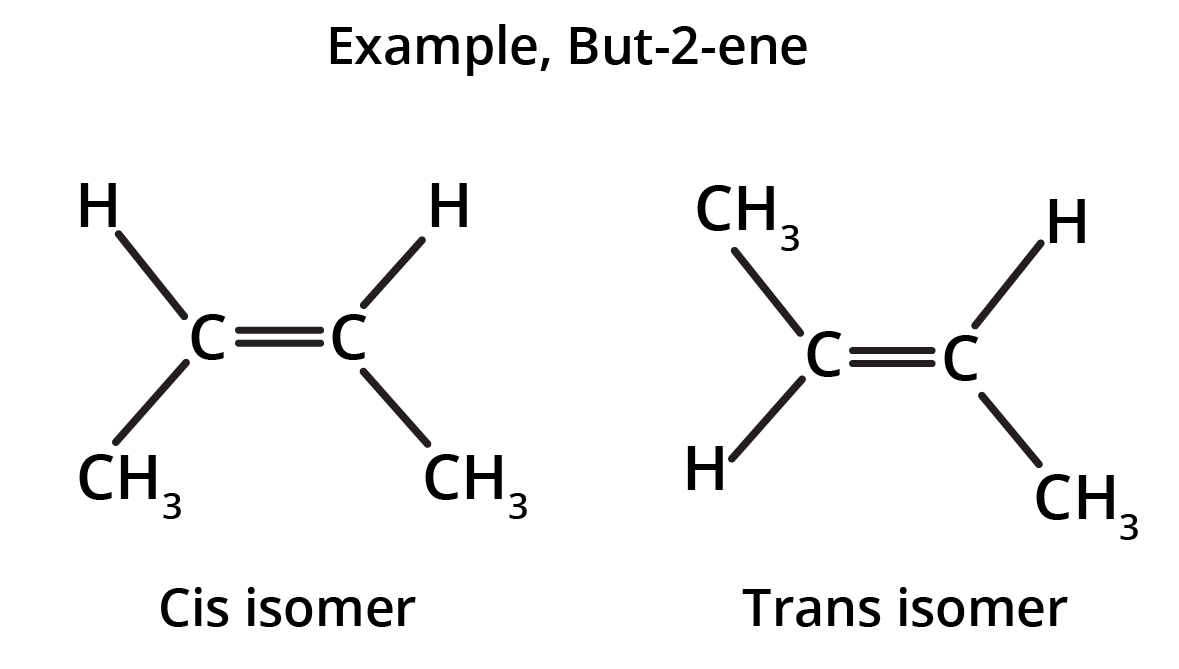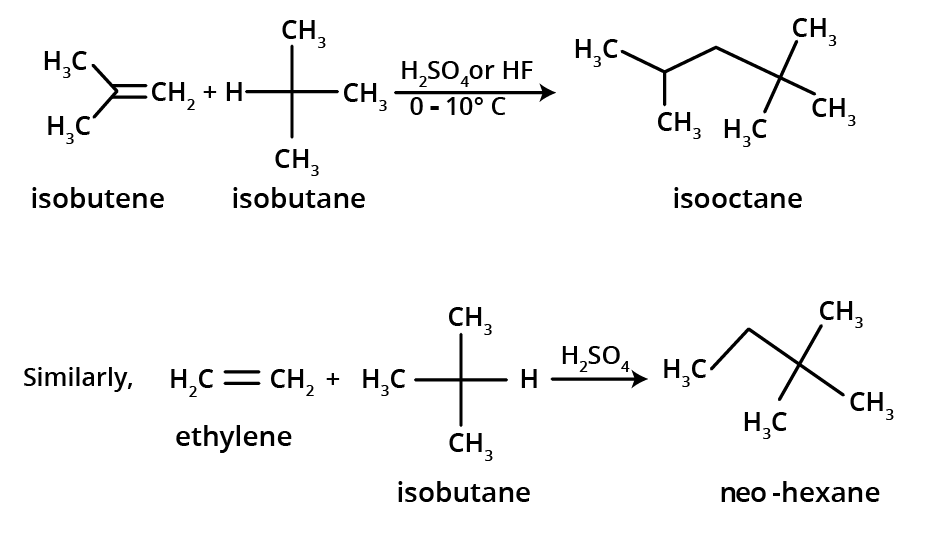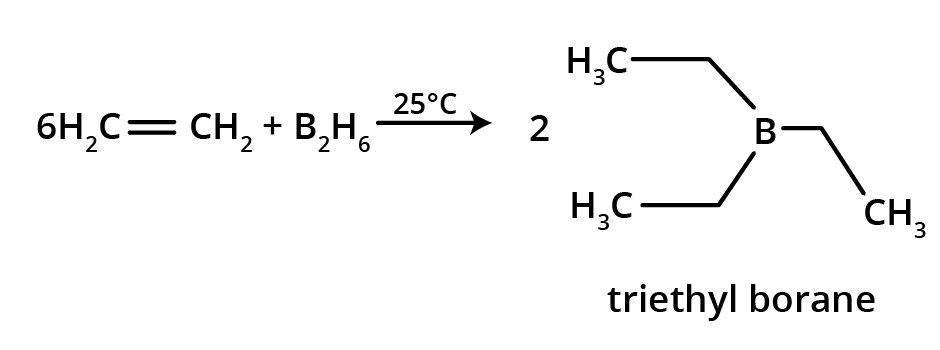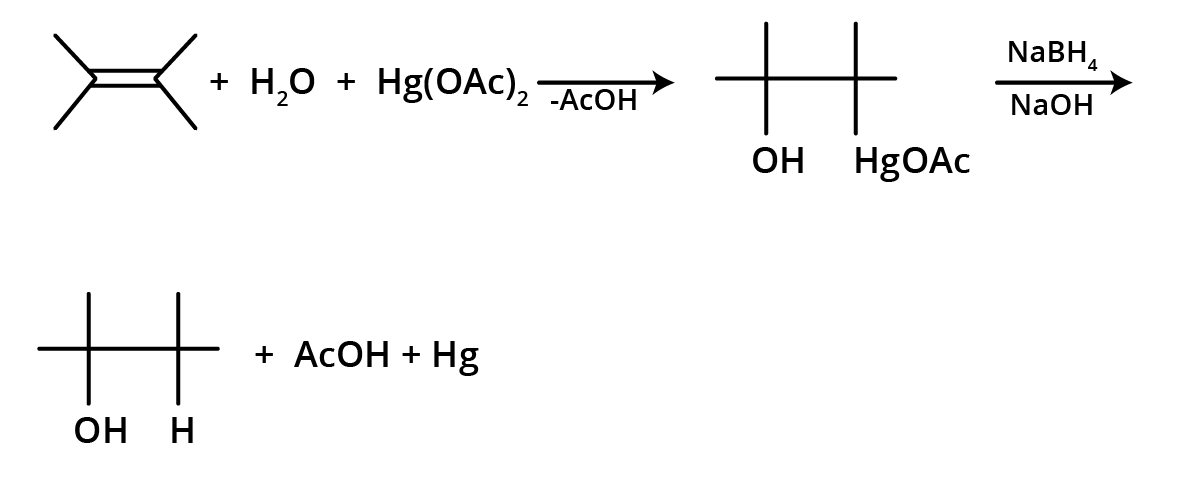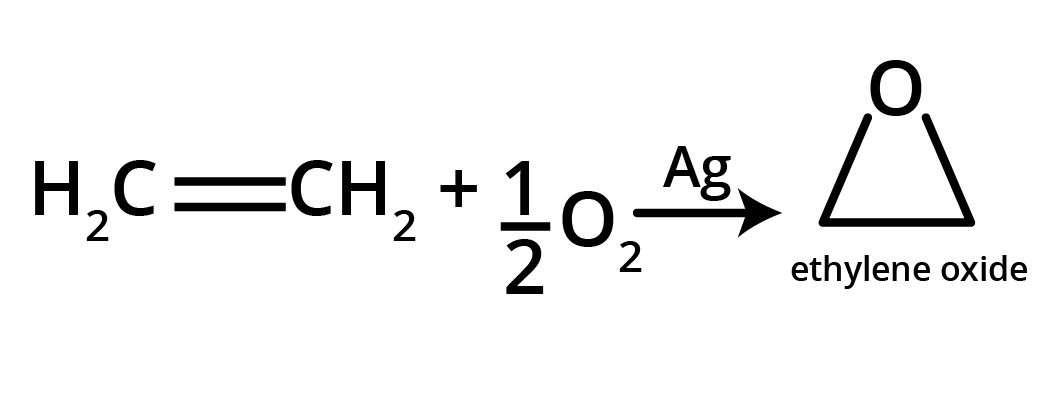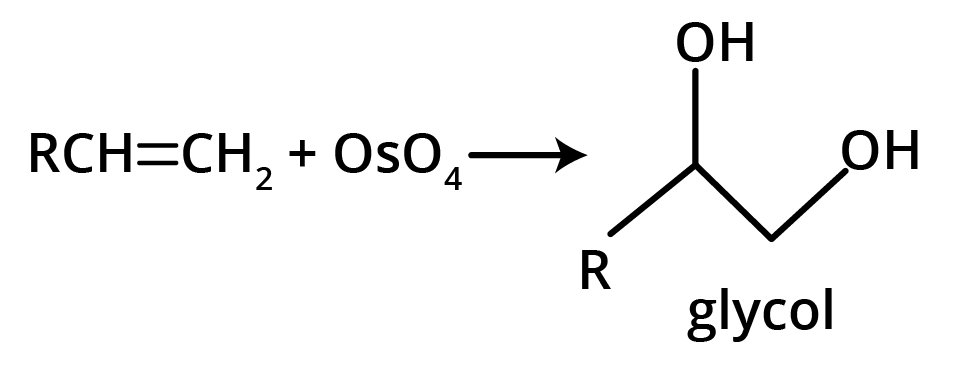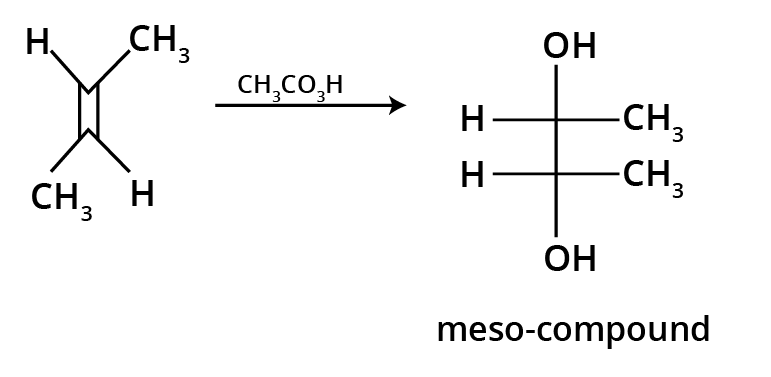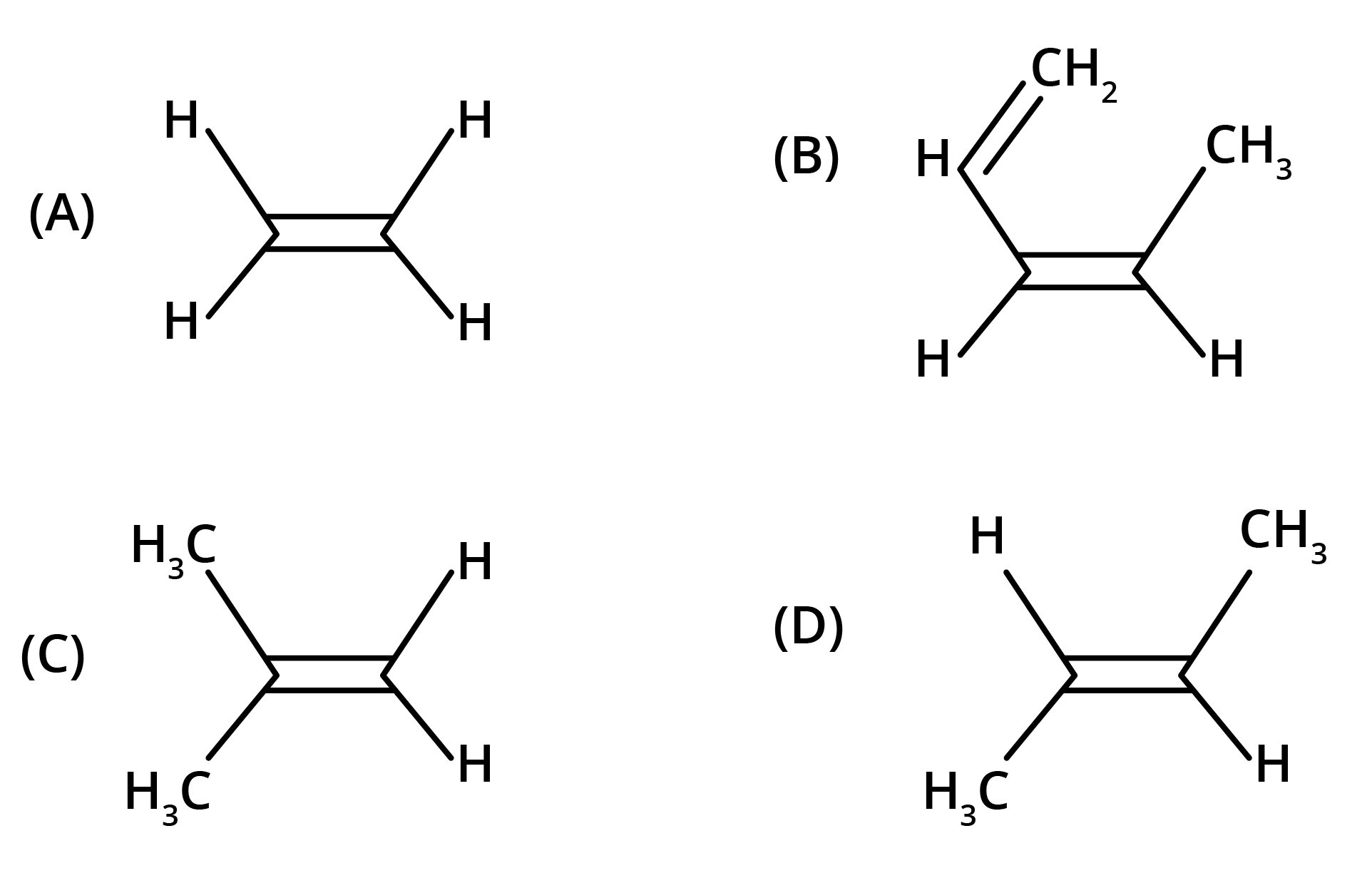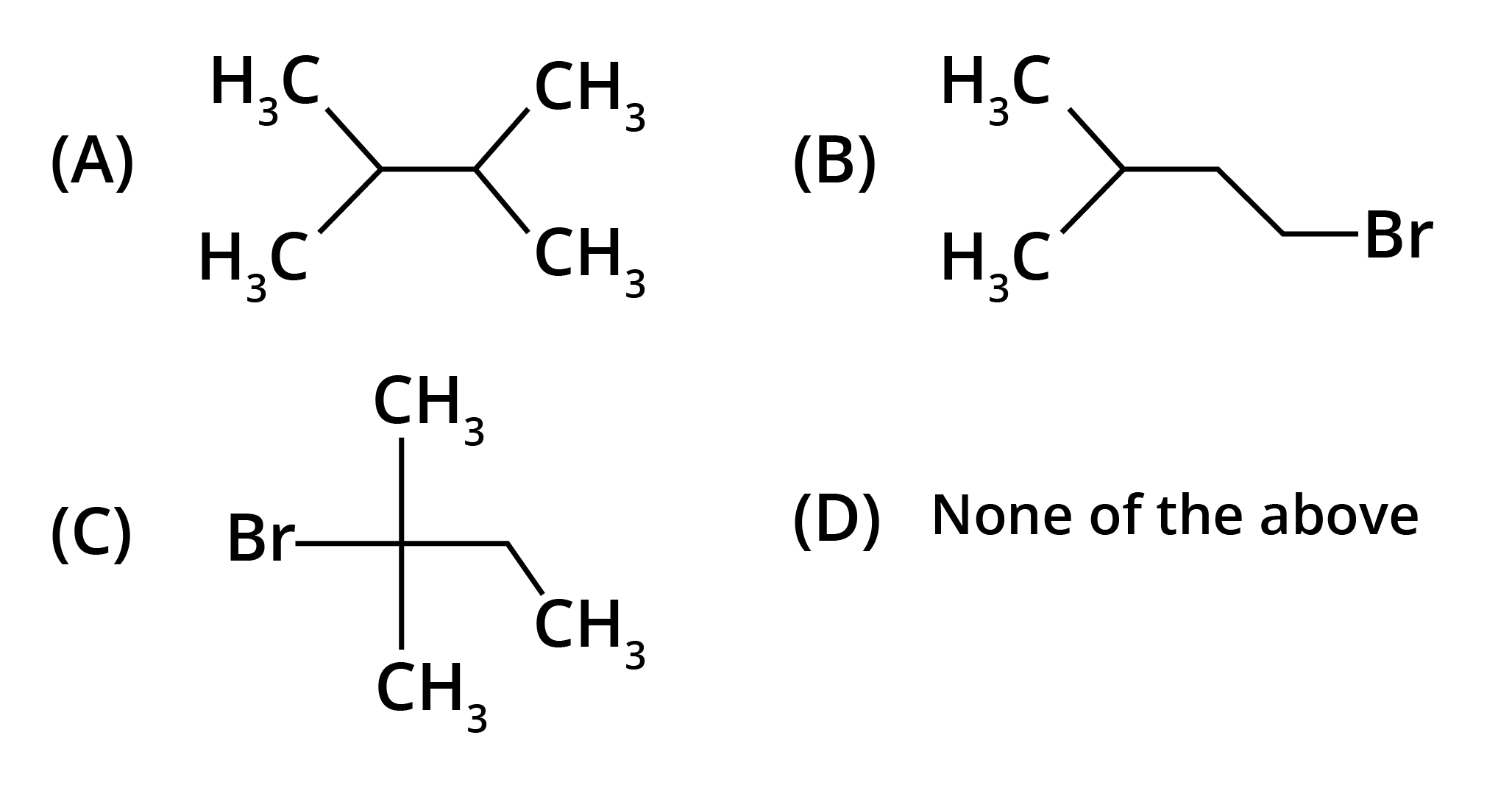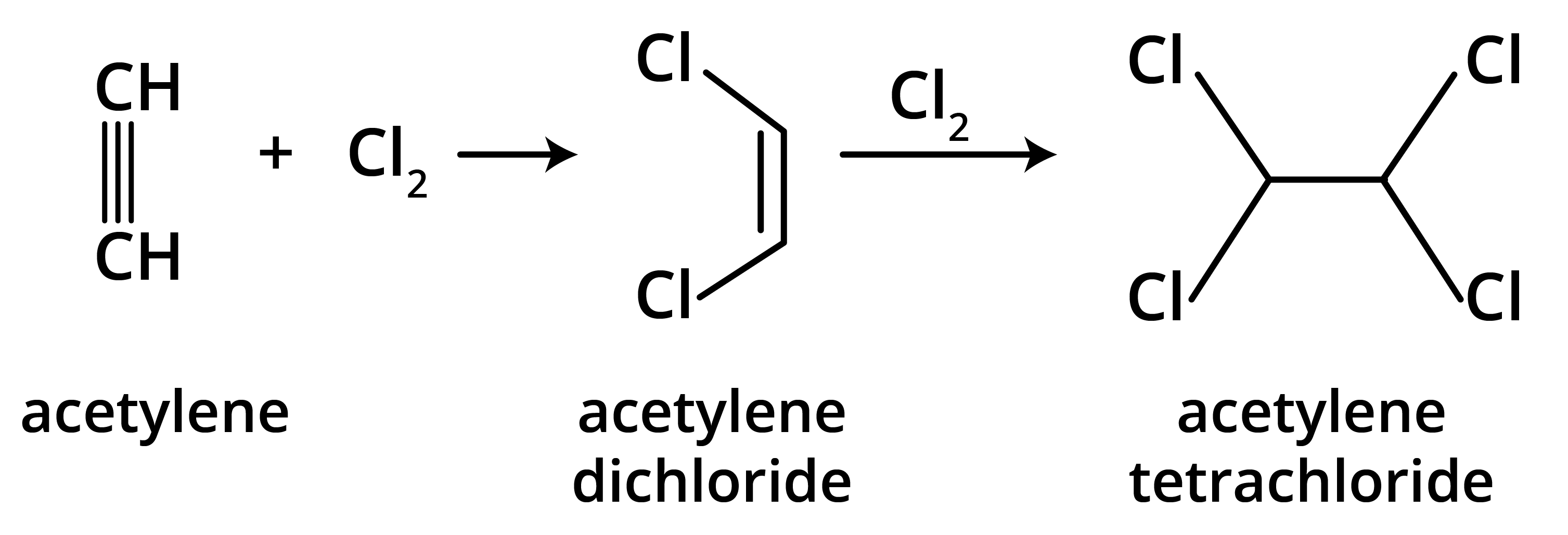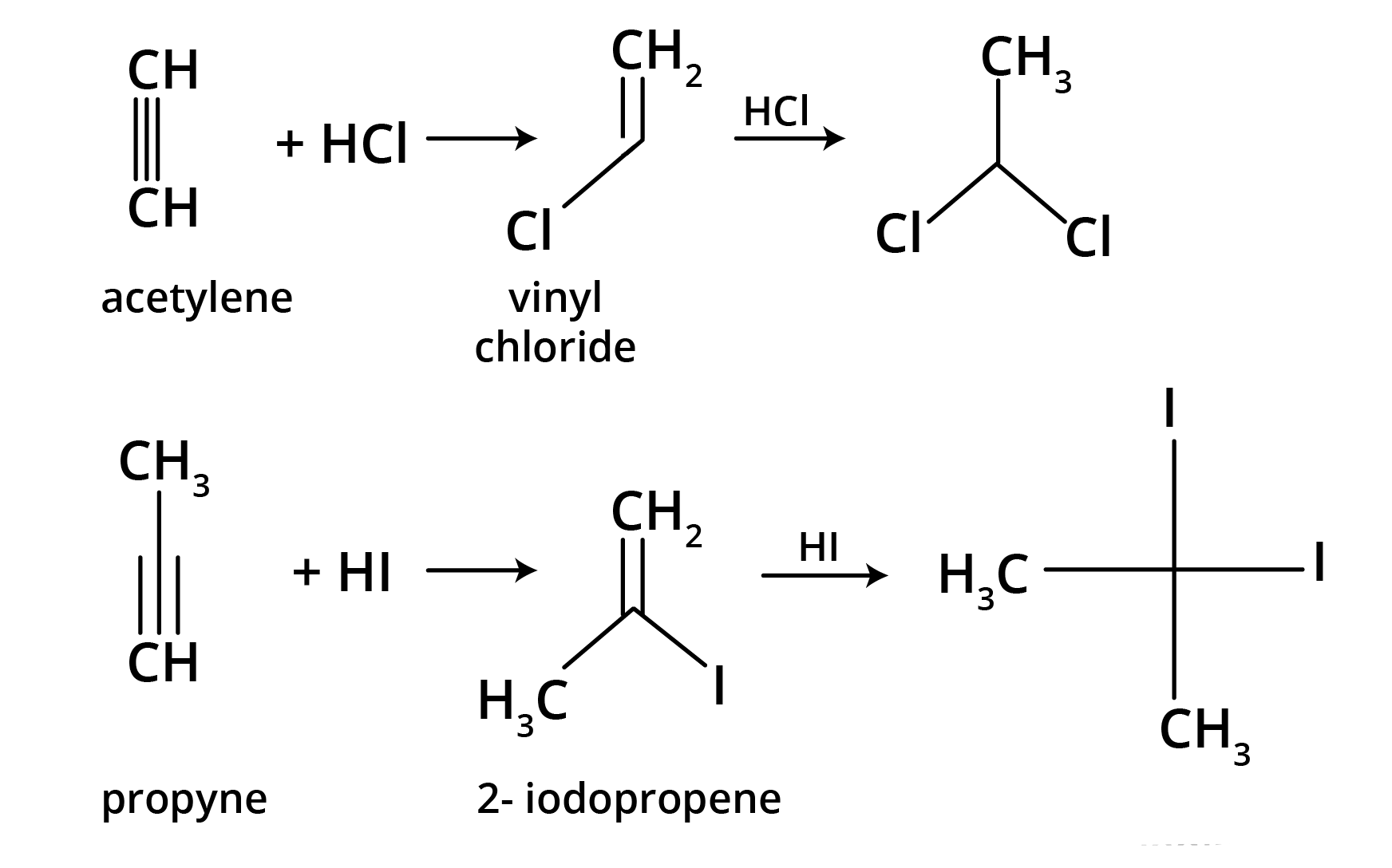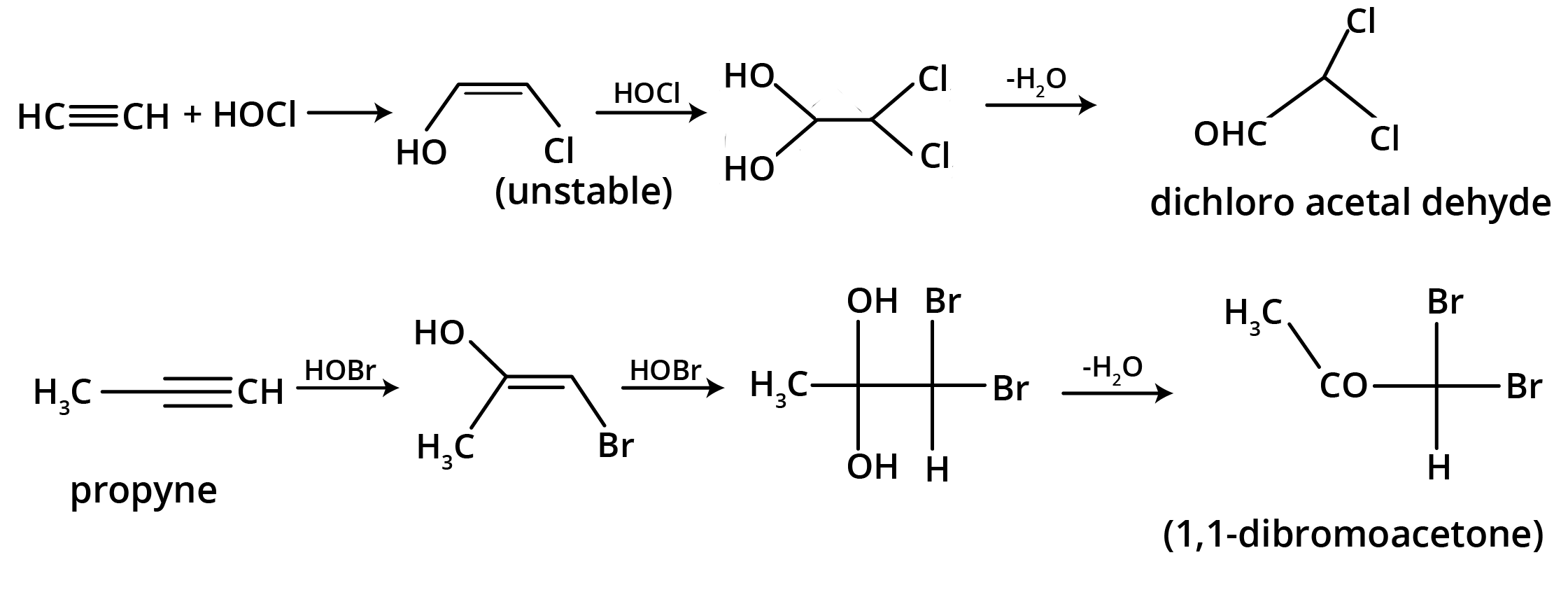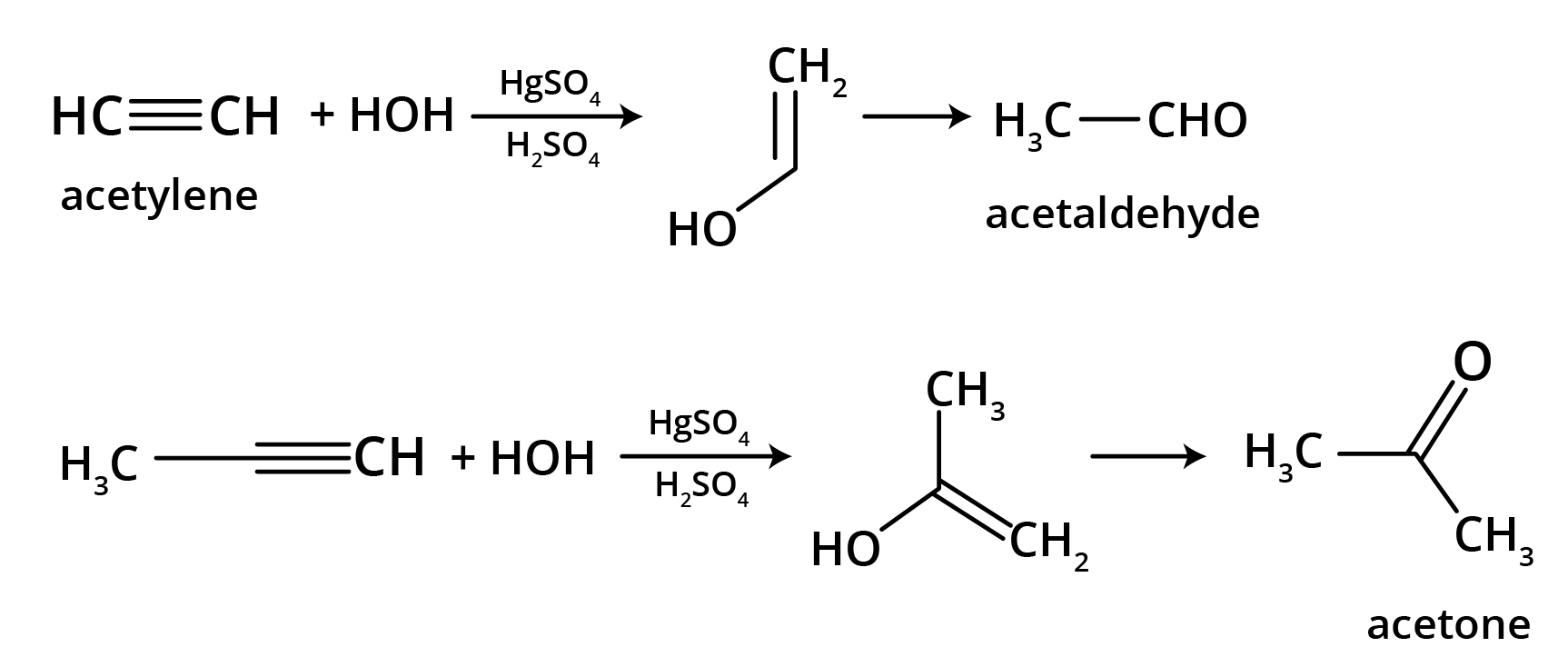Hydrocarbons Class 11 Chemistry Notes PDF Download
FAQs on Hydrocarbons Class 11 Notes: CBSE Chemistry Chapter 9
1. What is the main content of Hydrocarbons Class 11 notes?
The notes cover the structure, classification, and properties of hydrocarbons including alkanes, alkenes, and alkynes.
2. How do Hydrocarbon Notes Class 11 explain the concept of isomerism?
The notes explain that isomerism occurs when compounds have the same molecular formula but different structural formulas, leading to different properties.
3. Where can I find the Notes of Hydrocarbons Class 11 PDF?
The PDF notes are available on the Vedantu website under the Class 11 Chemistry section.
4. What topics are included in the Hydrocarbons Class 11 PDF notes?
The PDF notes include topics such as the properties and reactions of different hydrocarbons, their nomenclature, and applications.
5. What information does the Hydrocarbon short notes PDF provide?
The short notes PDF provides summaries of key concepts, including types of hydrocarbons, their properties, and important reactions.
6. What is covered in Class 11 Chemistry Chapter 9 notes on hydrocarbons?
Chapter 9 notes cover the classification of hydrocarbons, their structure, and key reactions such as combustion and addition reactions.
7. How are the Hydrocarbons Class 11 notes structured for easy understanding?
The Class 11 Chemistry Hydrocarbons Notes PDF download is structured with clear headings, bullet points, and summaries to facilitate easy understanding and quick revision.
8. What are the key reactions discussed in the Hydrocarbon Notes Class 11?
Key reactions include addition reactions of alkenes and alkynes and substitution reactions of alkanes.
9. How are Hydrocarbons Class 11 PDF notes useful for exam preparation?
The Class 11 Chemistry Hydrocarbons Notes PDF download provides concise explanations and examples, which are useful for quick revision and understanding of important concepts before exams.























